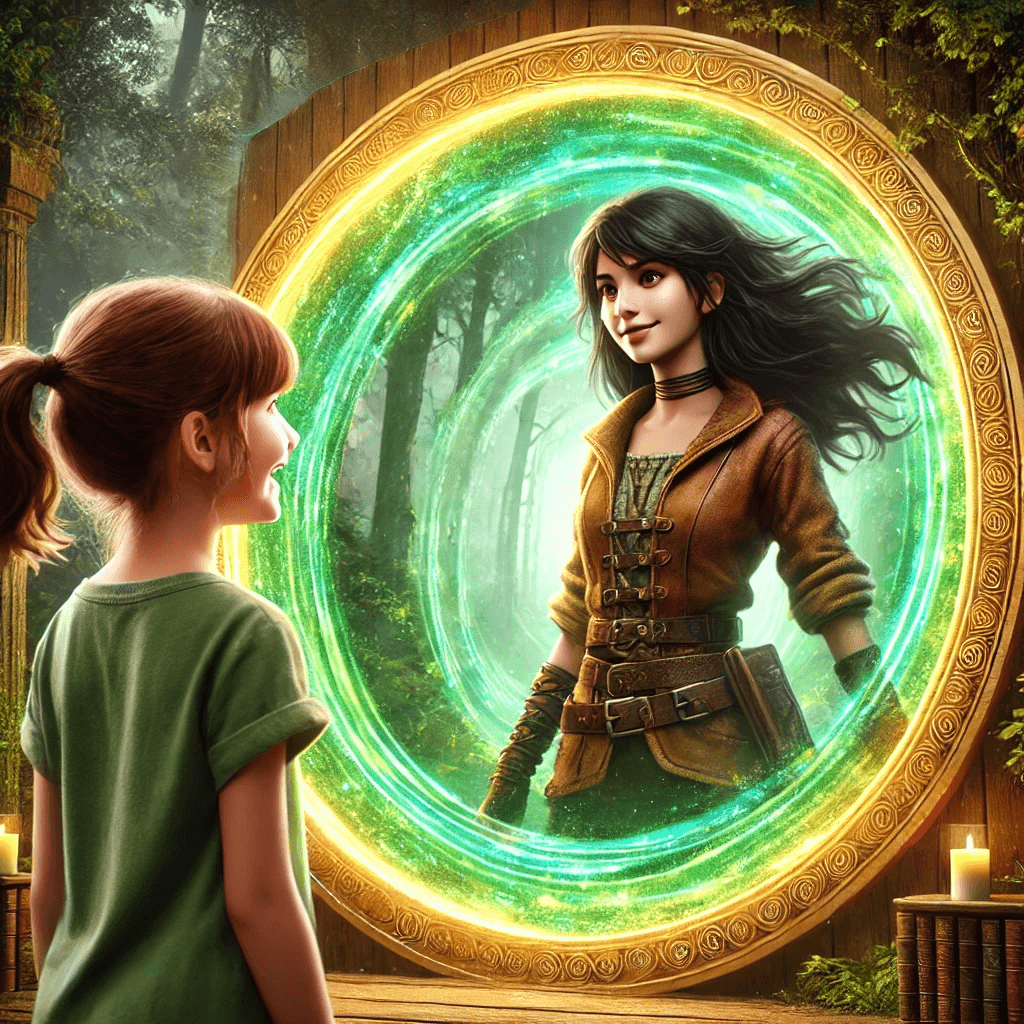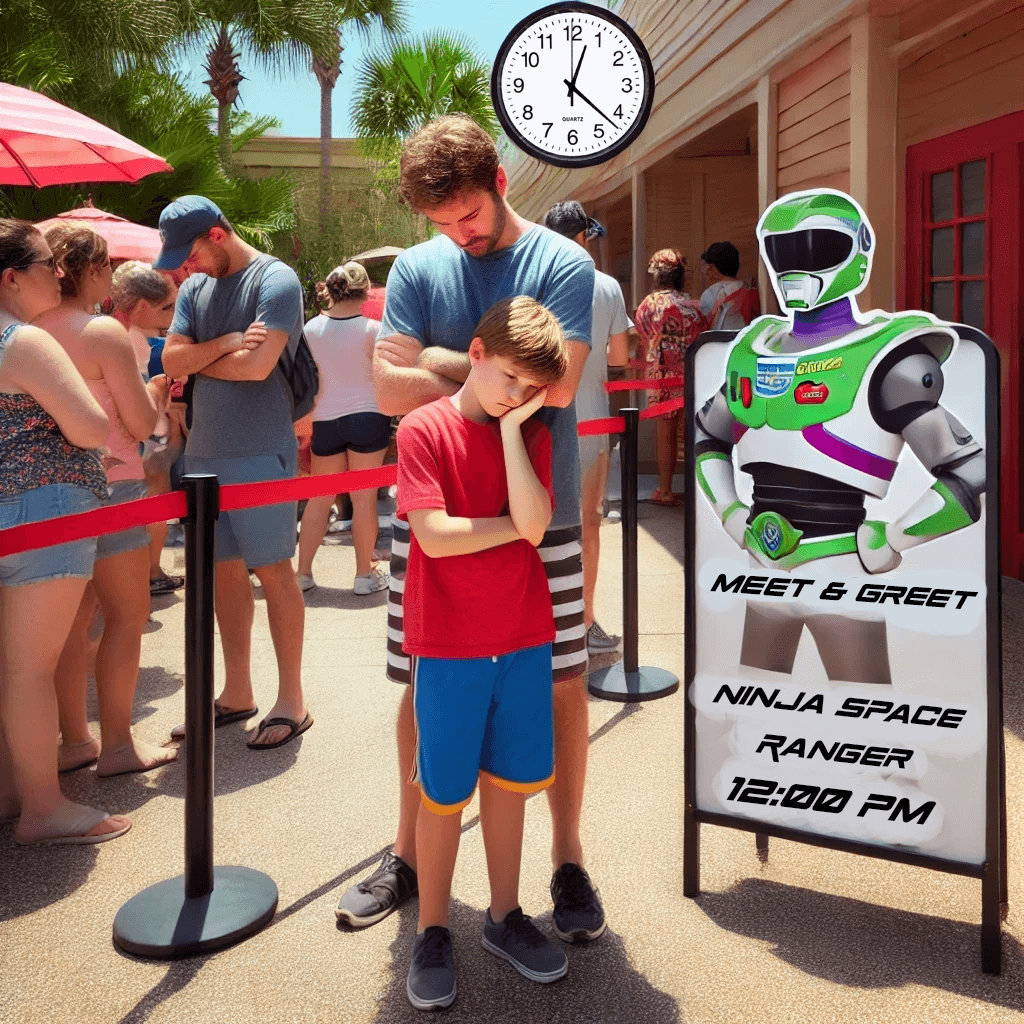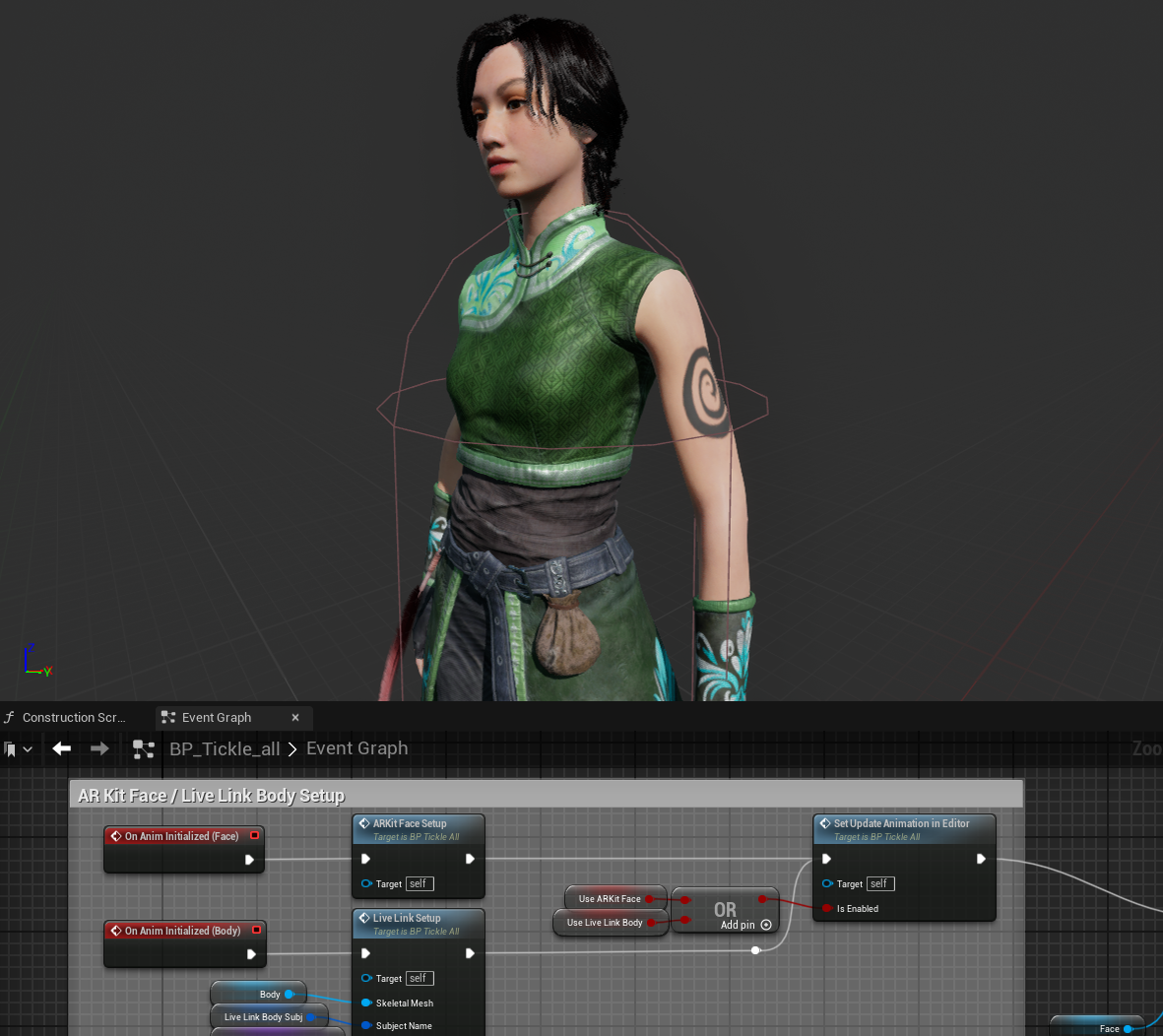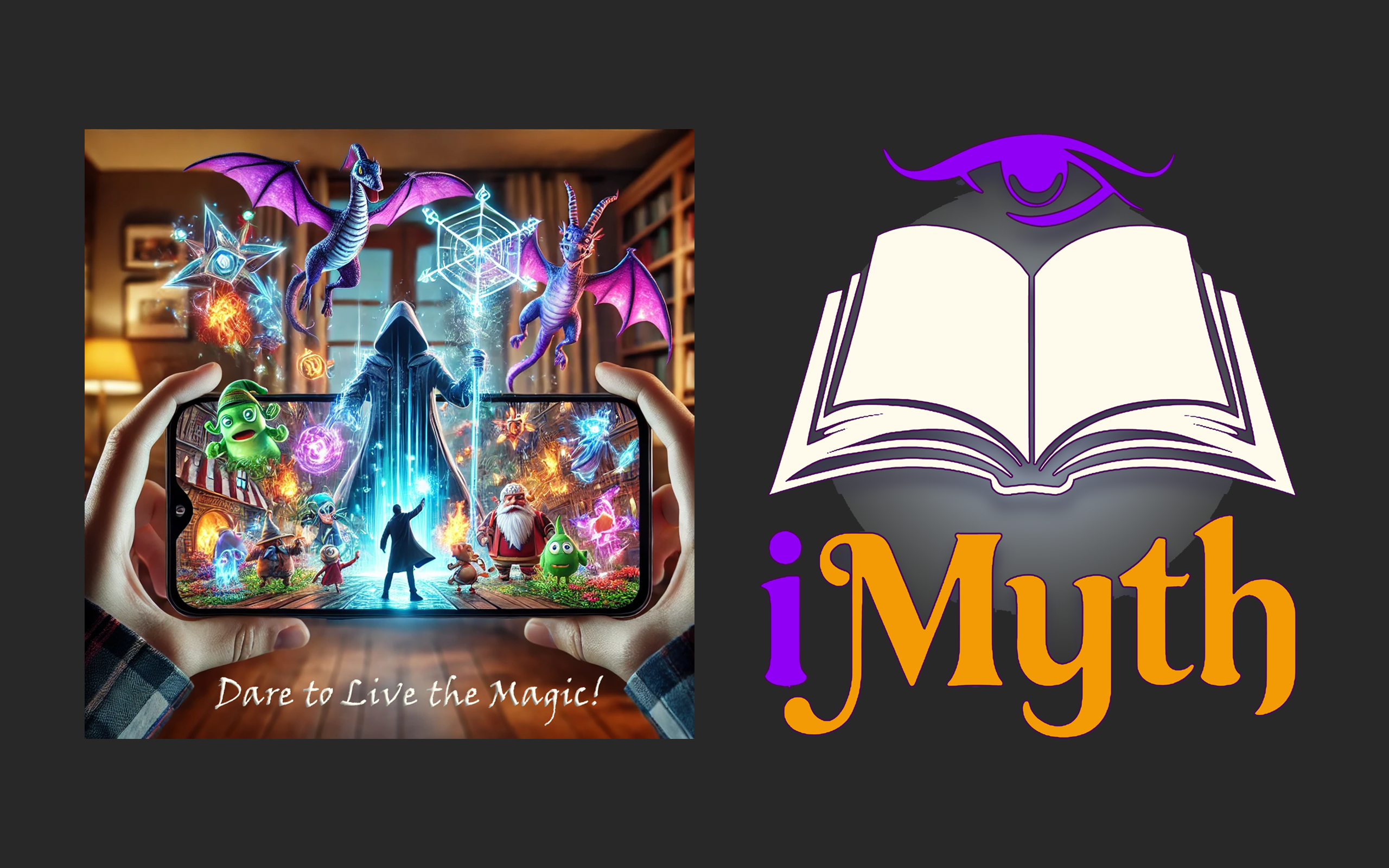
by Blogmeister Meisterblogger | Mar 7, 2025 | Entertainment, Immersive Theme-worlds, IMyTH, Interactive Storytelling
Awaken the Hero Within: Your Journey with iMyth Heroes Begins! Imagine stepping into a world where magic is real, where adventure awaits at every turn, and where you are the hero of the story. iMyth Heroes aren’t just characters—they are legendary guides from...

by Blogmeister Meisterblogger | Mar 6, 2025 | Entertainment, IMyTH, North Star
iMyth is not just entertainment, it’s magic: crafting emotional experiences that linger in memories and nourish souls! Our Hero strategy is built around one simple but powerful idea: the best stories aren’t just told; they’re shared, shaped, and lived by those who...

by Blogmeister Meisterblogger | Mar 5, 2025 | Entertainment, IMyTH, Interactive Storytelling
Imagine if happiness wasn’t a place you had to visit, but an adventure waiting for you—anywhere, anytime. As children, we dreamed of stepping into our favorite story worlds, of talking to legendary heroes, and of being part of magical adventures. For many, the closest...

by Blogmeister Meisterblogger | Mar 5, 2025 | Entertainment, IMyTH, Interactive Storytelling, Technology
Imagine meeting a character who isn’t just on a screen, but right in front of you—talking, reacting, and bringing an adventure to life in your own space. That’s the magic of iMyth Heroes, where technology and storytelling combine to create interactive experiences...

by Blogmeister Meisterblogger | Mar 4, 2025 | Design, Entertainment, IMyTH, Interactive Storytelling
What if laughter was a weapon? What if teasing could be an art form? What if the power of playfulness could change the world? Meet Tickle—iMyth’s first Hero, and a force to be reckoned with. Tickle bends reality with her own invention: tickle bending—a mysterious...

by Blogmeister Meisterblogger | Mar 4, 2025 | Entertainment, Immersive Theme-worlds, IMyTH, Interactive Storytelling
A New Era of Storytelling Has Arrived Imagine standing in your own living room, talking to your favorite hero—an interactive, fully immersive character that remembers your name, responds to your emotions, and invites you on a journey beyond your wildest dreams. This...





